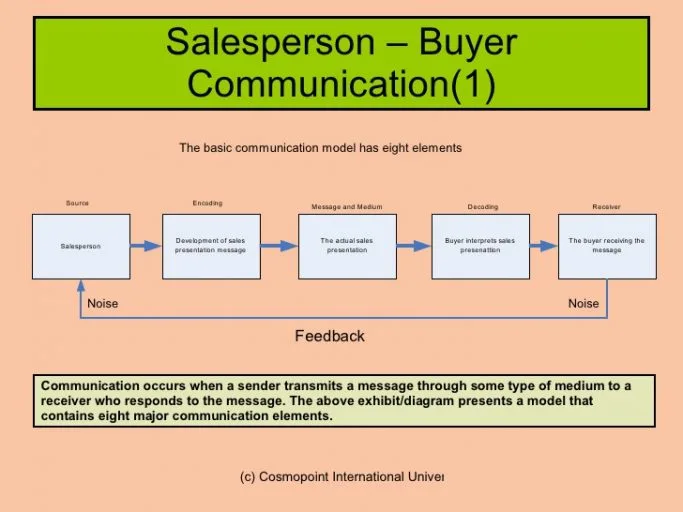Excellent and effective communication is essential for successful sales. It is challenging to make purchases unless a person exhibits value to a prospect. Consequently, a person cannot demonstrate the above unless they understand their challenges and come up with plans on how to solve them. More overwhelming, it is hard to do all this unless they reach out to the potential consumers to learn of their problems.
A strong base for successful sales is on the ability to gather and offer information in a manner that is attractive to the prospect, luring them to do business with you. The value portrayed by the salesperson’s proposition, their price tags, and the features of the product do not matter most unless they can capture the attention of their prospects and get them to listen to what is said about the product. This implies that a salesperson should be perfectly attuned to the purchaser and comprehend what is meant when they fails to say something. For a successful sales process, there is a process involved, which entails a couple of steps to make it useful in marketing. This essay aims to outline these significant elements and briefly explain what is involved in each (Tichindelean, 2015).
The source is the first process. This is typically the source of communication, which is mostly the salesperson as they talk to their prospects. The other step is encoding. This is mainly the conversion of the concepts and ideas by the salesperson in their sales presentations. The message is the third element, which primarily consists of the information aimed to be delivered in a sales presentation (Hansen, Lund & DeCarlo, 2016). The fourth element is the medium, which is usually the form of communication applied in a sales discussion and presentation, such as verbal, visual resources, and body language. After the medium, there is the decoding process, which is more of reception and interpretation or translation of the information by the prospective consumer (Rutherford, 2012). The receiver is the sixth element in the communication process and is mainly the person whose information is intended for, mostly the buyer. Feedback is another element that is the reaction of the prospect to the communication received from the sender. The input can be nonverbal, verbal, or both. The last feature is noise. This mainly describes the factors that alter the communication process between the salesperson and the prospect, including communication barriers (Budiono, 2017).
It is crucial that both the salesperson and the potential buyer are on the same page. The communication process and availability of feedback enable the seller to decide on the next move.
References
Budiono, G. (2017). STRATEGIC BUYER SATISFACTION: A PROBLEM OF COMMUNICATION, COMMITMENT AND CONFLICT RESOLVE. Jurnal Manajemen, 20(3). http://dx.doi.org/10.24912/jm.v20i3.19
Hansen, J., Lund, D., & DeCarlo, T. (2016). A process model of buyer responses to salesperson transgressions and recovery efforts: the impact of salesperson orientation. Journal Of Personal Selling & Sales Management, 36(1), 59-73. http://dx.doi.org/10.1080/08853134.2016.1149352
Rutherford, B. (2012). Building buyer commitment to the salesperson. Journal Of Business Research, 65(7), 960-967. http://dx.doi.org/10.1016/j.jbusres.2011.05.001
Tichindelean, M. (2015). The Influence of Marketing Communication on the Consumer’s Buyer Behavior – A Relationship Marketing Approach. Studies In Business And Economics, 10(1). http://dx.doi.org/10.1515/sbe-2015-0013
Cite This Work
To export a reference to this article please select a referencing stye below:








